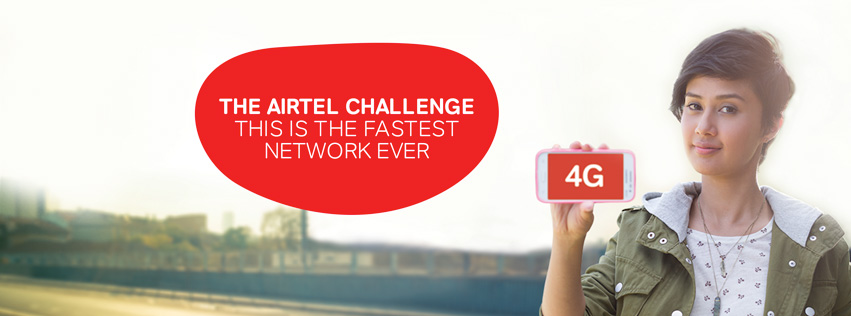The fight for the crown of India’s humongous telecommunication market is a never ending one. And ever since Reliance came out with Jio services along with offers, there has been a never seen before war of sort among operators especially in terms of data. On one hand it is the consumer that has exponentially benefitted from that, but on the other hand there is much on stake for the playing field.
These days you would have surely come across enough chatter on your social media feeds regarding how the Airtel network is the fastest network in the country from their latest advertisement campaign. If you have been keeping yours eyes on the developments regarding this, you would know that Jio has challenged Ookla’s claim of Airtel being the fastest network. The reason that Jio is giving while opposing the claim is based on the technicalities of a dual sim phone. They claim that in dual SIM Phones the app tags a Jio result as an Airtel result thus, the results cannot be trusted.
Details of Jio Claim:
Issue: Jio says that in a dual SIM phone, the data speed results are attributed to the SIM Slot 1 always.
Fact: What you need to know is that the result of the speed-test app was based on what is mentioned as the ‘Calling’ SIM, which is the SIM that is being used for the purpose of making Voice Calls.
To further understand how this claim by Jio affects the ones made by Airtel regarding it being the fastest data network in the country, let us assume there is a dual SIM phone that has one Airtel and one Jio SIM in each of its slots. These SIM’s obviously can be configured for 4G data or Voice only 2G/3G. In fact there can be two possible combinations in which one can configure their two SIM’s in a dual SIM Phone. They are as follows:
- Jio as 4G data and Airtel as voice only – in this scenario, as is being said, Jio speed samples might get attributed to the Airtel SIM ‘wrongly’.
- Airtel as 4G data and Jio as voice only – Jio does not provide any 2G/3G connectivity s if works in 4G only. In this case the Jio SIM will simply become inactive and the speed samples will be attributed to the Airtel SIM only.
Looking at both of the above mentioned plausible scenarios, it is evident that only the Scenario 1, which is ‘Jio as 4G data and Airtel as voice only’ comes out to be the only considerable scenario to understand both Jio and Airtel claims. This means that the only way the corruption of samples can occur from Jio to Airtel and not the other way around.
What does all this translate into?
Well, as far as we can understand, this can only translate into one of the two results mentioned below:
- Pool 1 of pure Jio samples
- Pool 2 of Airtel samples polluted with Jio samples
So now, if the aggregate speed in pool 1 is less than that in pool 2; it can be taken as a confirmation of Airtel samples to have a higher speed even after they were being mixed with Jio samples and still the aggregate speeds were higher.
Conclusion to be drawn from all this:
It is clear from the explanation that if we remove the so called Jio samples from Airtel, what comes out is the fact that the Airtel aggregate would be even higher than actually being shown in the scenario 1 which had Jio as 4G data and Airtel as voice only. This leaves us wondering why there was a question on Airtel’s claim in the first place.
Let me know if there is any confusion.
You may also like –
